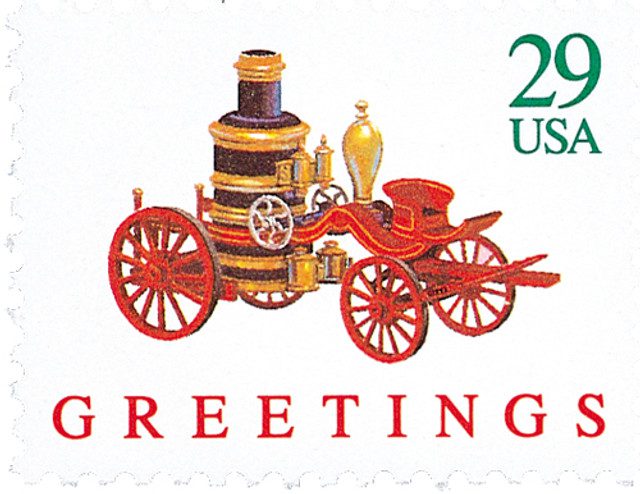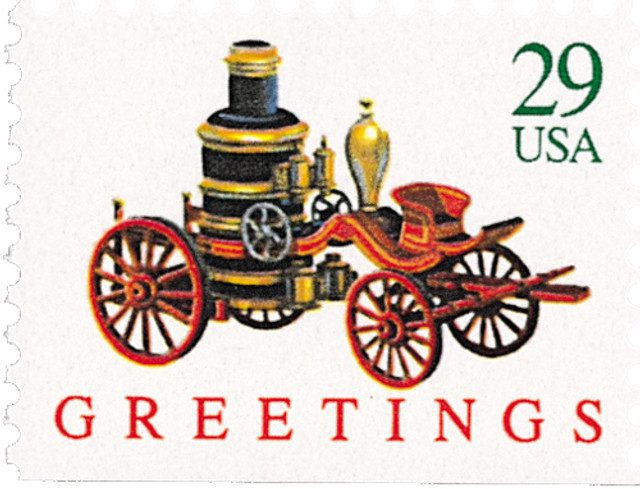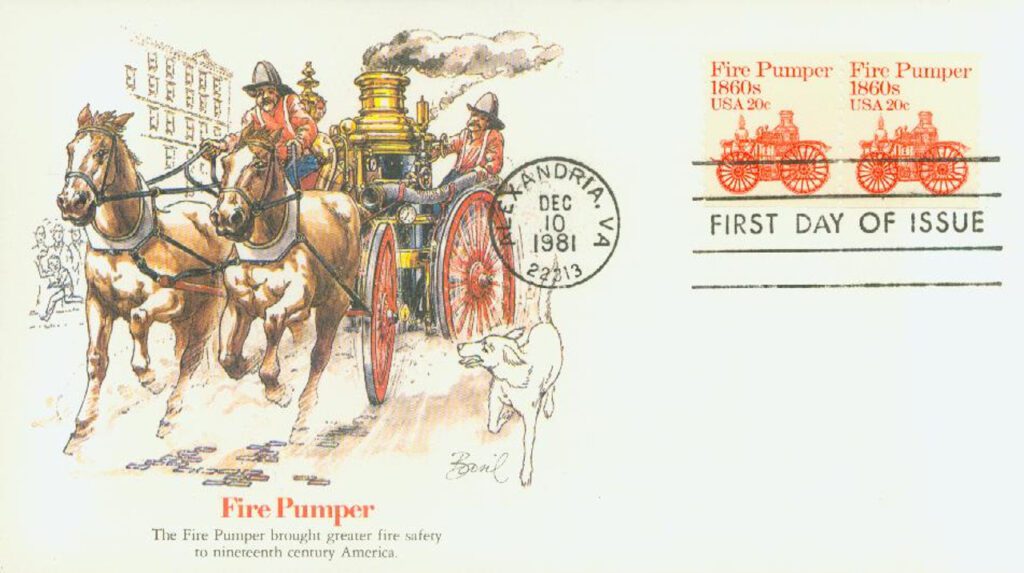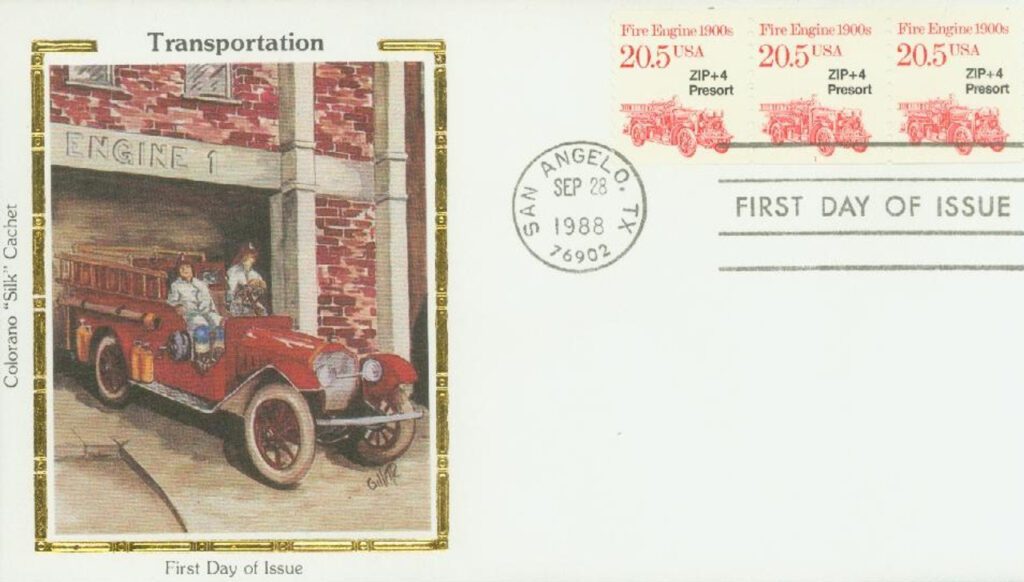On March 27, 1841, the first steam-powered fire engine was tested in New York City. Though that first engine was only in use for a short time, it marked the start of a new era in firefighting…

There had been many fires in New York City in the winter of 1839-40. In the densely-populated city, heaters failed or blew up, boilers exploded, and hearth fires spread quickly. The hand pump fire engines of the time were good for smaller fires, but larger fires and buildings needed something better. New York insurance companies were anxious to find an efficient way to extinguish these larger fires.
English engineer Paul Rapsey Hodge was commissioned to invent a steam-powered engine to meet these needs. Hodge’s steam fire engine measured 14 feet long and weight about seven tons. It could be drawn by men or two horses on level ground. Hodge’s machine was the first steam-powered fire engine in the US and the first self-propelled fire engine. It could move water at 290 tons per hour (about 20 gallons per second), up to 166 feet high.
Hodge first publicly tested his engine on March 27, 1841, in front of New York City Hall at 4:00 p.m. One of the main aspects to be tested was whether the engine could shoot water over the building’s flagpole. He turned on the engine and quickly streamed water from the engine over the flagpole. Hodge considered it a major success.
The engine was put in use by Pearl Hose Company #28. However, they were hesitant to use the new machine, which looked like a locomotive. They claimed it was too heavy and did not furnish enough steam. The firefighters also claimed that sparks emitted from the stacks. Hodges engine was eventually sold to another fire department that used it as a stand-alone pumping engine.
More than a decade later, Alexander Latta developed the first practical steam engine to go into regular service for a fire department. His experimental engine was able to raise steam in about four minutes and shoot water 130 feet. Latta’s engine was considered a success and Cincinnati ordered one built for its fire department. However, that engine exploded at a trial in 1855.
Latta’s design was adapted for use in Baltimore, and other steam engines were soon produced for other cities. At first, firemen were hesitant to adapt, worrying that the engines might replace them, but they grew to appreciate them. Steam fire engines remained in use into the 1920s. When the internal combustion engine was first invented, it didn’t immediately replace steamers. The engine was used to get the engines to the fires, but the steam engines still pumped the water. Once people realized the combustion engines could do this too, it marked the end of the steam fire engine era.
| FREE printable This Day in History album pages Download a PDF of today’s article. Get a binder or other supplies to create your This Day in History album. |
Discover what else happened on This Day in History.






